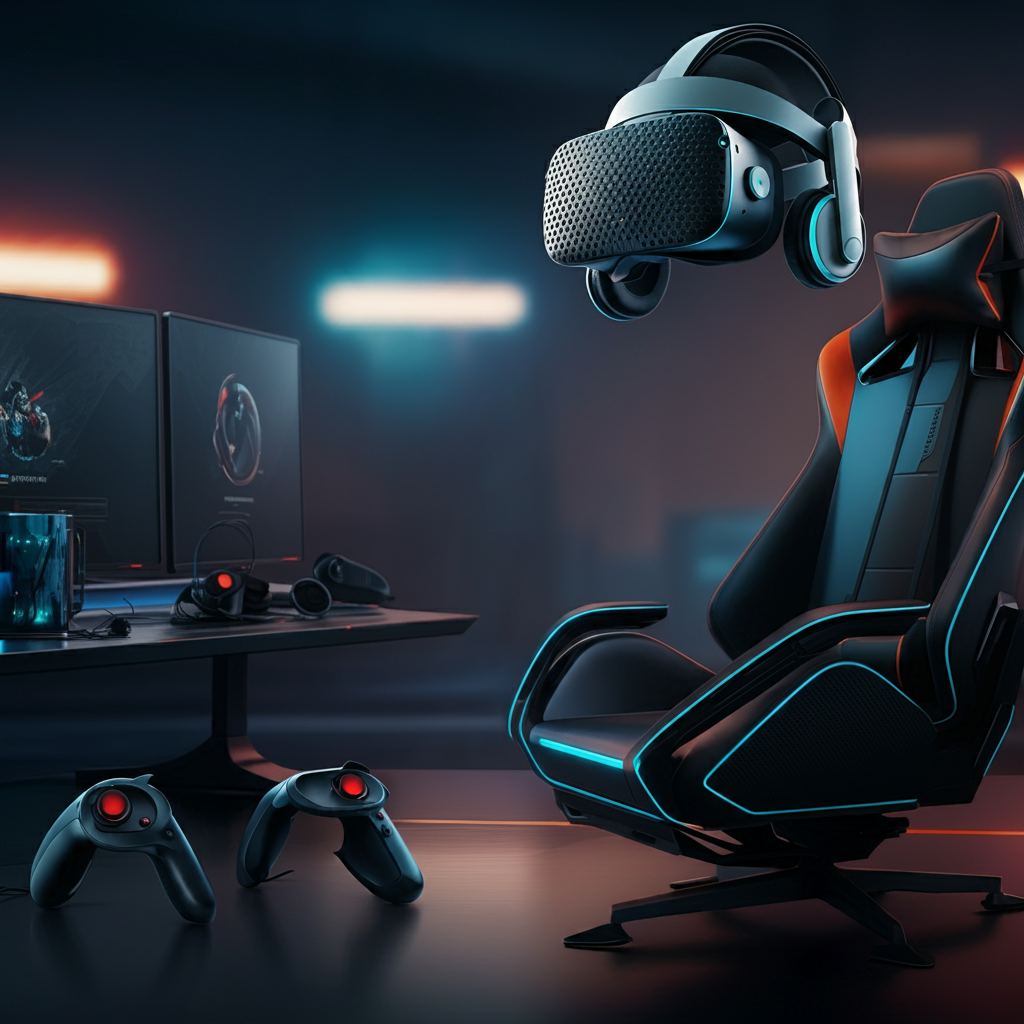The future of VR competitive gaming hardware is poised for transformative advancements that promise to revolutionize the gaming experience. As technology evolves, the innovations on the horizon are set to enhance immersion, precision, and overall performance, pushing the boundaries of what is currently possible in virtual reality (VR).
One of the most anticipated innovations is the development of next-generation VR headsets. Future headsets are expected to offer improved resolution, wider field of view, and enhanced refresh rates, providing a more immersive and visually stunning experience. These advancements will reduce motion blur and improve clarity, allowing gamers to see fine details and react more quickly in competitive scenarios. Additionally, new technologies such as eye-tracking and foveated rendering will optimize performance by focusing rendering power on where the player is looking, further enhancing visual fidelity and reducing latency.
Another significant area of innovation is in haptic feedback and sensory immersion. Advances in haptic technology are expected to bring more sophisticated and nuanced feedback to VR gameplay. Newer VR controllers and accessories will feature enhanced vibration and force feedback, simulating the feel of various in-game interactions such as impacts, weapon handling, and environmental effects. This increased sensory feedback will create a more realistic and engaging experience, allowing players to better perceive and respond to in-game events.
The evolution of motion tracking technology is also a key focus for the future of VR competitive gaming hardware. Improved tracking systems will provide more accurate and responsive movement detection, reducing latency and enhancing gameplay precision. Advances in wireless tracking and reduced dependency on external sensors will simplify setup and increase mobility, allowing players to move freely without being constrained by cables or limited play areas.
Additionally, there is growing interest in integrating VR with emerging technologies such as artificial intelligence (AI) and machine learning. These technologies have the potential to revolutionize competitive gaming by enabling smarter and more adaptive in-game environments. AI-powered NPCs and opponents could offer more challenging and dynamic gameplay, while machine learning algorithms could be used to analyze player behavior and provide personalized training and feedback.
The future of VR competitive gaming hardware will also likely see improvements in ergonomic design and comfort. As VR headsets and accessories become more refined, they will be designed to accommodate longer gaming sessions with reduced strain. Innovations in lightweight materials, adjustable fits, and optimized weight distribution will enhance comfort, making extended play sessions more enjoyable and less fatiguing.
Furthermore, the development of more compact and powerful hardware solutions is expected to drive the growth of standalone VR systems. These all-in-one devices, which combine processing power, graphics capabilities, and tracking sensors into a single unit, will eliminate the need for external PCs or consoles, making VR more accessible and user-friendly. These standalone systems will offer high performance and flexibility, catering to both casual and competitive gamers.
In summary, the future of VR competitive gaming hardware is set to deliver significant advancements that will enhance the gaming experience. With innovations in headsets, haptic feedback, motion tracking, and integration with AI, the possibilities for more immersive, precise, and engaging competitive gaming are vast. As these technologies continue to develop, they will redefine the boundaries of VR gaming and open up new opportunities for players and developers alike.

